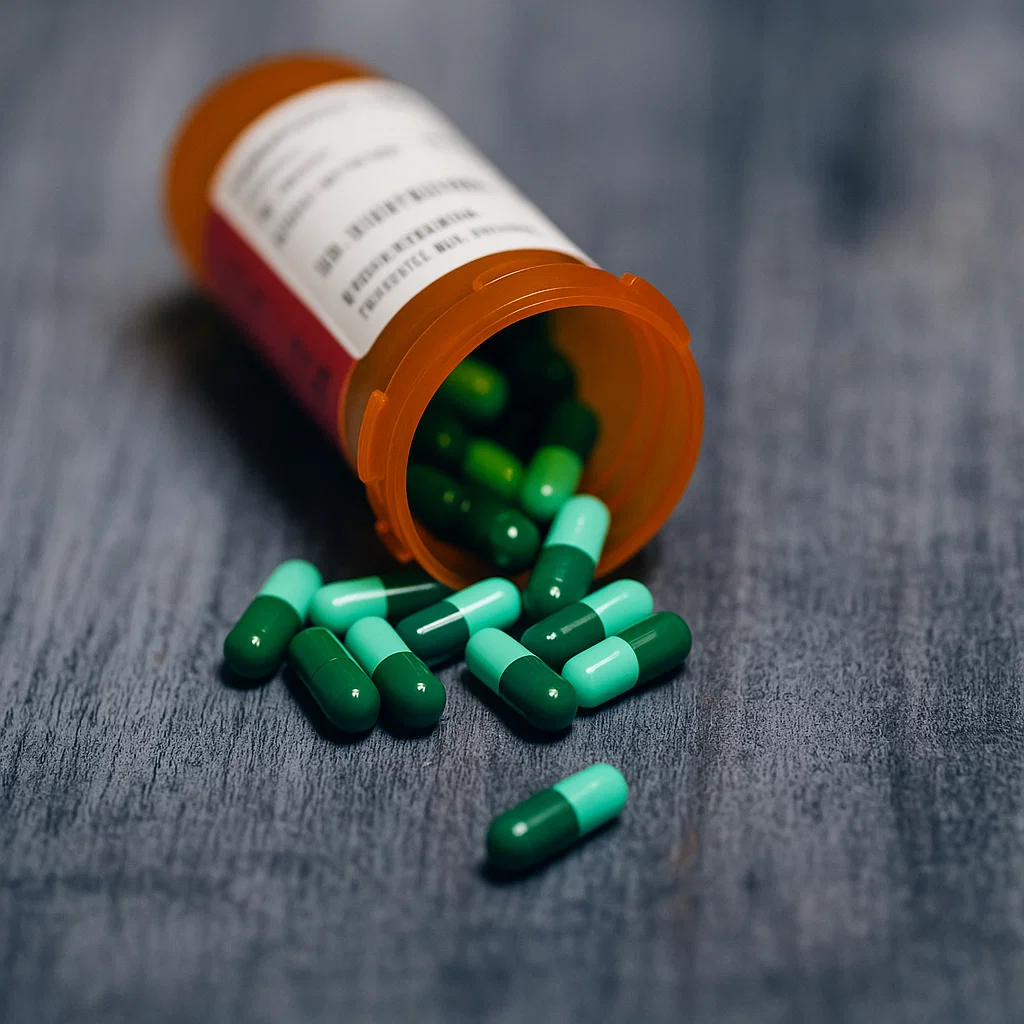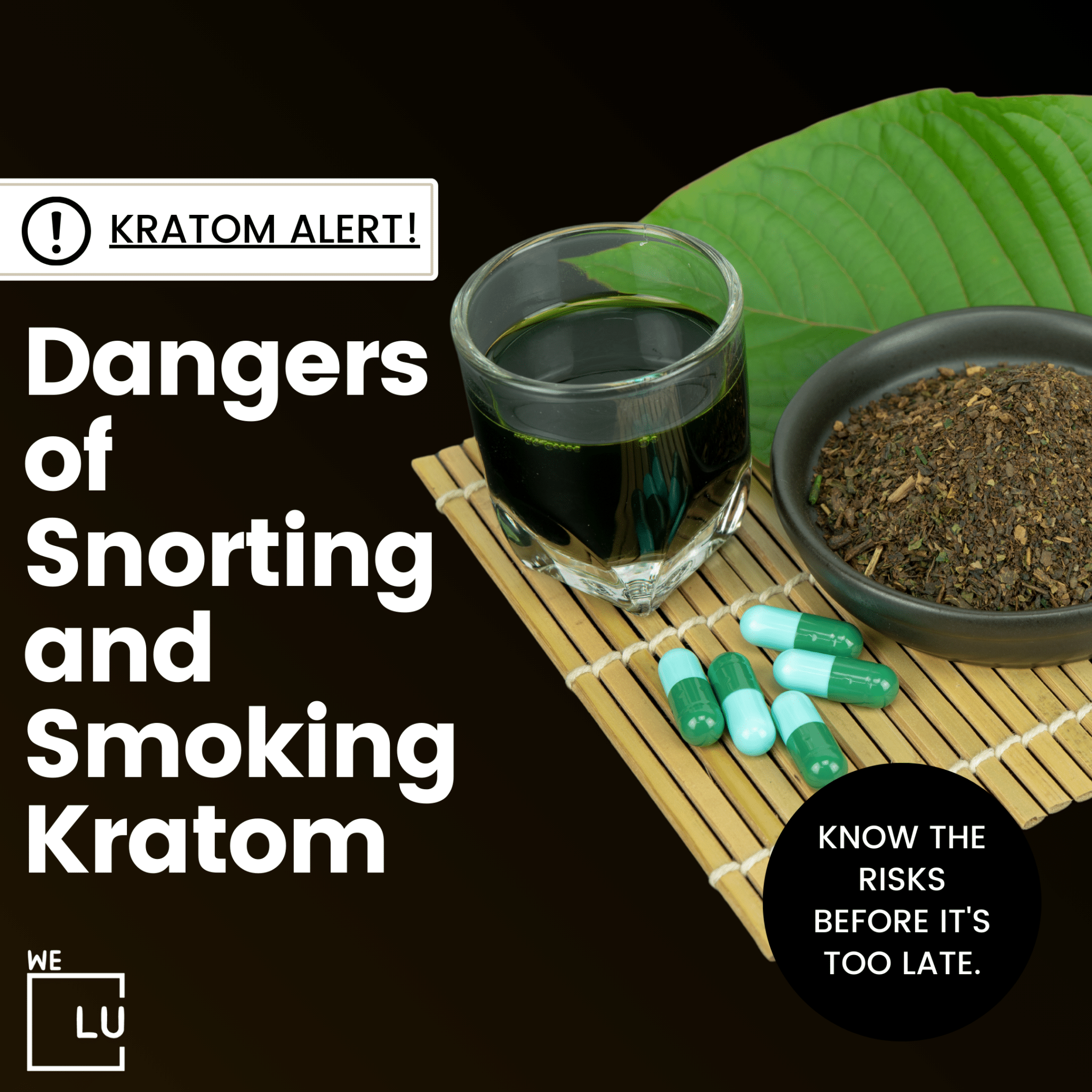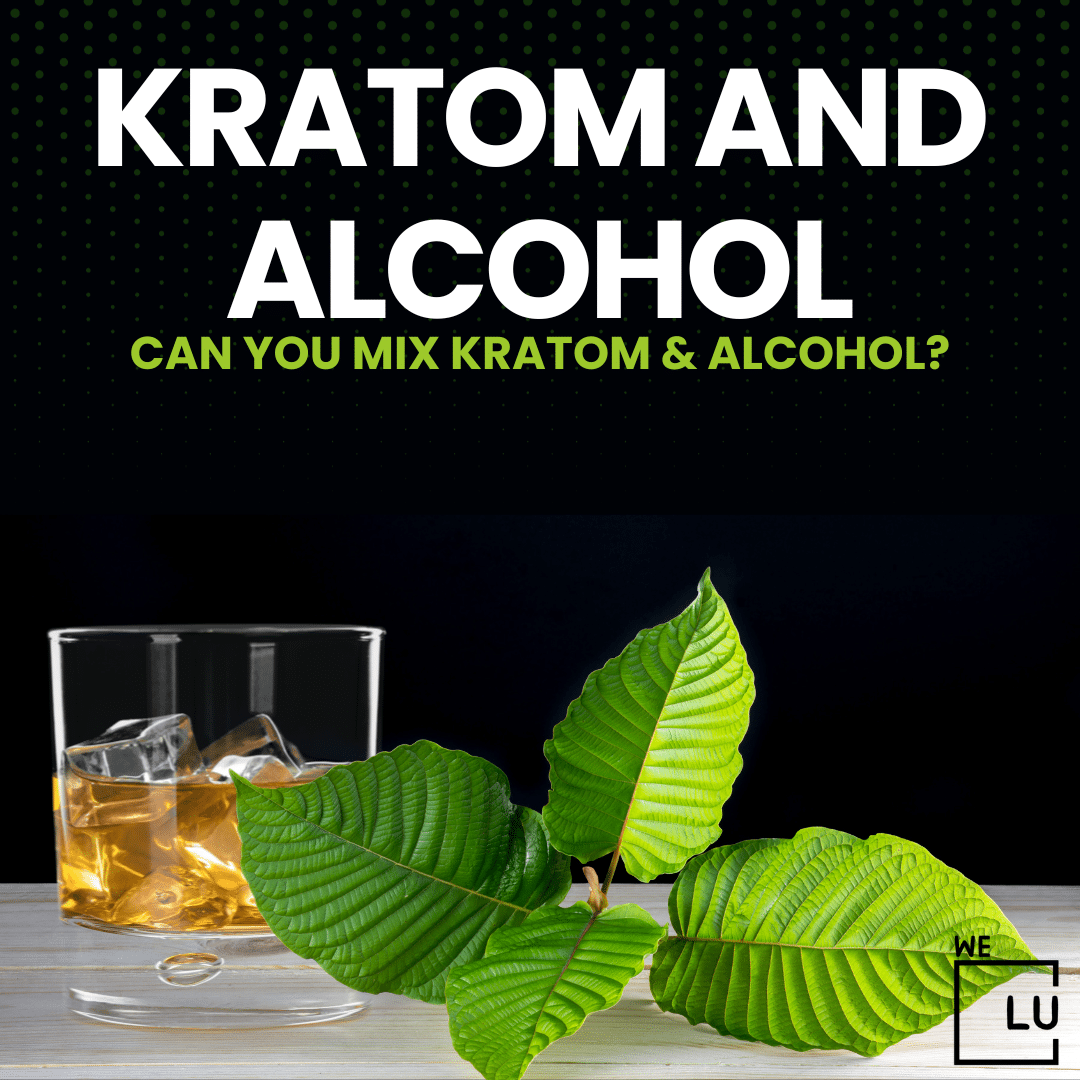The recreational use of lean, a concoction containing codeine and promethazine found in prescription cough syrup, has become a concerning trend with profound health implications. As individuals engage in the consumption of lean for its soothing and euphoric effects, they expose themselves to potential dangers such as respiratory depression, addiction, and life-threatening overdoses. Misuse of prescription medications poses significant risks to physical and mental well-being, necessitating immediate attention and intervention.
If you or someone you know is grappling with an addiction to lean or prescription medicines, call We Level Up CA today to connect with experienced and compassionate professionals who can provide guidance and support on the journey to recovery. Your well-being is our priority, and help is just a call away.
What Is The Lean Drug?
“Lean” typically refers to a recreational drug concoction made by combining prescription-strength cough syrup containing codeine and promethazine with soda, often Sprite or a similar beverage. This mixture may also include Jolly Rancher candies for added flavor. The codeine in the cough syrup is an opioid, and promethazine is an antihistamine with sedative properties.
This beverage is known by various street names, including “purple drank,” “sizzurp,” or simply “syrup.” It gained popularity in certain subcultures, particularly in the hip-hop community, and is sometimes glamorized in music and pop culture.
Is Lean Dangerous To Drink?
“Lean” or “purple drank” can be dangerous, primarily due to the ingredients it typically contains. The key components of lean are prescription-strength cough syrup containing codeine and promethazine. Here are some reasons why it can be hazardous:
- Opioid Content: Codeine is an opioid, and opioids can be habit-forming and have the potential for abuse. They can lead to physical dependence, addiction, and withdrawal symptoms.
- Sedative Effects: Promethazine, an antihistamine, is often included in lean for its soothing effects. Combining sedative substances with opioids can increase the risk of respiratory depression, a condition where breathing becomes slow and shallow, which can be life-threatening.
- Health Risks: Consuming excessive amounts of codeine can lead to various health risks, including nausea, vomiting, constipation, and impaired judgment. High doses can cause respiratory failure, seizures, and death.
- Adverse Reactions: Different individuals may react differently to the components of lean. Some may be more sensitive to the sedative effects, while others may experience allergic reactions to the ingredients.
- Illegality: In many places, obtaining and consuming prescription medications without a valid prescription is illegal. Abusing prescription drugs, including those found in lean, can result in legal consequences.
Lean is not a safe or medically approved concoction. Using prescription medications without a valid prescription and in ways not intended by healthcare professionals poses severe risks to health and well-being. If you have concerns about substance use or its effects, it’s recommended to seek guidance from healthcare professionals or substance abuse specialists.
What Happens When You Drink Purple Drank?
When someone consumes lean, they are ingesting a mixture that typically contains prescription-strength cough syrup with codeine and promethazine, combined with a soda beverage (often Sprite or a similar drink) and sometimes flavored with candy. Here are some potential effects and risks associated with drinking lean:
- Euphoria and Relaxation: Codeine, an opioid in the cough syrup, can induce feelings of euphoria and relaxation. This is often why people misuse it recreationally.
- Sedation: Promethazine, an antihistamine, has soothing properties. When combined with codeine, it can enhance the sedative effects, leading to drowsiness and impaired coordination.
- Impaired Judgment: Opioids can impair cognitive function and decision-making, leading to poor judgment and risky behavior.
- Nausea and Vomiting: Codeine, like other opioids, can cause nausea and vomiting, especially in higher doses.
- Respiratory Depression: One of the most significant risks of lean is respiratory depression, where breathing becomes slow and shallow. This is particularly dangerous and can be life-threatening, especially when combined with other substances that depress the central nervous system, such as alcohol.
- Addiction and Dependence: Regular use of lean can lead to the development of tolerance, dependence, and addiction to opioids.
- Health Risks: Consuming excessive amounts of codeine can lead to various health risks, including constipation, dizziness, blurred vision, and urinary retention.
- Overdose: In extreme cases, misuse of lean can result in overdose, which can be fatal. Symptoms of overdose may include severe drowsiness, difficulty breathing, unconsciousness, and pinpoint pupils.

Skip To:
Learn More:
- What Are The Effects Of Lean? Long And Short Term Effects
- Mixing prescription drugs with alcohol, Side Effects, Dangers, Addiction, Commonly Abused Prescription Drugs & Treatment
- Oxycodone and Hydrocodone, Side Effects, Forms, Dosages, Differences & Interactions
- Endocet Usage, Warnings, Endocet vs Percocet, Addiction, Side Effects, Interactions, Overdose & Treatment
- Hydrocodone Addiction And Abuse. Is Hydrocodone Addictive?
- Hydrocodone Side Effects, Uses, Overdose, & Addiction Facts
Learn more about the Lean Drug’s effects:

Get Your Life Back
Find Hope & Recovery. Get Safe Comfortable Detox, Addiction Rehab & Dual Diagnosis High-Quality Care.
Hotline (855) 695-1160How Can I Tell My Child Is Drinking Lean?
Detecting whether a child is using lean can be challenging, as individuals may go to great lengths to conceal their substance use. However, some signs and changes in behavior may indicate possible drug use, including the consumption of lean. These signs are not definitive proof; some may be attributed to other issues. If you suspect your child may be using substances, consider having an open and non-judgmental conversation with them or seeking professional guidance. Here are some potential signs of lean use:

- Changes in Behavior:
- Sudden and significant changes in mood or behavior.
- Increased irritability or mood swings.
- Decreased motivation or interest in activities they once enjoyed.
- Physical Symptoms:
- Frequent drowsiness or grogginess.
- Slurred speech.
- Coordination difficulties or unsteady movements.
- Changes in Social Habits:
- Changes in the friend group or spending time with a new set of friends.
- Decreased interest in family or social activities.
- Isolation from friends or family.
- Academic Issues:
- Decline in academic performance.
- Frequent absences or tardiness.
- Changes in Personal Appearance:
- Neglect of personal hygiene.
- Changes in clothing style, mainly if it reflects drug culture.
- Physical Signs of Lean Consumption:
- Empty bottles of cough syrup in their belongings or room.
- Candy or soda is used to flavor the mixture.
- Unexplained nausea or vomiting.
- Drug Paraphernalia:
- Finding drug-related paraphernalia, such as empty cough syrup bottles, in their personal belongings.
If you observe several of these signs, it may be a cause for concern. However, it’s crucial not to jump to conclusions and to approach the situation with empathy and understanding. Engaging in open and honest communication with your child is vital. If you’re uncertain or if the problem seems severe, seeking professional help from a healthcare provider or a substance abuse counselor is advisable.
Get Help. Get Better. Get Your Life Back.
Searching for an Accredited Drug and Alcohol Rehab Centers in Near You?
Even if you have failed previously and relapsed, or are in the middle of a difficult crisis, we stand ready to support you. Our trusted behavioral health specialists will not give up on you. When you feel ready or just want someone to speak to about therapy alternatives to change your life call us. Even if we cannot assist you, we will lead you to wherever you can get support. There is no obligation. Call our hotline today.
FREE Addiction Hotline – Call 24/7Lean Addiction
Lean addiction, also known as purple drank addiction, is a serious concern due to the presence of codeine, an opioid, in the cough syrup that is a critical ingredient in lean. Codeine has the potential for abuse, dependence, and addiction. Lean is not a safe recreational substance, and its misuse can lead to a range of physical, psychological, and social consequences. Here are some aspects of lean addiction:
- Physical Dependence: Regular use of lean can lead to physical dependence on codeine. This means that the body adapts to the presence of the drug, and individuals may experience withdrawal symptoms when they try to reduce or stop using it.
- Psychological Dependence: In addition to physical dependence, individuals may develop a psychological dependence on lean. This involves a strong desire or compulsion to use the substance, often driven by the pleasurable effects it produces.
- Tolerance: Over time, individuals may develop tolerance to the effects of codeine, requiring higher doses to achieve the same desired effects. Tolerance is a common characteristic of substance use disorders.
- Withdrawal Symptoms: When a person dependent on lean attempts to cut down or stop using it, they may experience withdrawal symptoms. Withdrawal symptoms from opioids like codeine can include anxiety, irritability, nausea, vomiting, muscle aches, and insomnia.
- Health Consequences: Chronic use of lean poses serious health risks, including respiratory depression, which can be life-threatening. Other health issues associated with opioid abuse, such as constipation, liver damage, and an increased risk of infectious diseases, may also arise.
- Social and Behavioral Impact: Addiction can significantly impact an individual’s social and behavioral functioning. It may lead to strained relationships with family and friends, problems at work or school, and legal issues.
- Overdose: Misuse of lean increases the risk of overdose, especially when consumed in excessive amounts or combined with other substances that depress the central nervous system, such as alcohol.

Comfortable Facilities & Amenities
High-Quality Addiction & Mental Health Rehabilitation Treatment
Rehab Centers TourRenowned California Addiction Center. Serene Private Facilities. Inpatient rehab programs vary.
Addiction Helpline (855) 695-1160Proven recovery success experience, backed by a Team w/ History of:
15+
Years of Unified Experience
100s
5-Star Reviews Across Our Centers
10K
Recovery Success Stories Across Our Network
- Low Patient to Therapist Ratio
- Onsite Medical Detox Center
- Comprehensive Dual-Diagnosis Treatment
- Complimentary Family & Alumni Programs
- Coaching, Recovery & Personal Development Events
Can You Overdose On Lean?

It is possible to overdose on lean. Lean typically contains codeine, which is an opioid. Opioid overdoses can be life-threatening and require immediate medical attention. An overdose can occur if someone consumes a more significant amount of lean than their body can handle or if it is combined with other substances that depress the central nervous system, such as alcohol.
Symptoms of an opioid overdose, including a lean overdose, may include:
- Extreme drowsiness or inability to stay awake.
- Confusion.
- Difficulty breathing or slow, shallow breathing.
- Unresponsiveness or loss of consciousness.
- Pinpoint pupils (very small pupils).
- Bluish or pale skin, especially around the lips or fingertips.
If you suspect that someone is experiencing an overdose, it is critical to seek emergency medical help immediately. Call emergency services or take the person to the nearest emergency room.
Prompt medical intervention can be life-saving, and healthcare professionals may administer naloxone, an opioid antagonist, to reverse the effects of the opioid and restore normal breathing. However, naloxone might not be readily available in all situations, so getting professional medical help is crucial.
World-class, Accredited, 5-Star Reviewed, Effective Addiction & Mental Health Programs. Complete Behavioral Health Inpatient Rehab, Detox plus Co-occuring Disorders Therapy.
CALL (855) 695-1160End the Addiction Pain. End the Emotional Rollercoaster. Get Your Life Back. Start Drug, Alcohol & Dual Diagnosis Mental Health Treatment Now. Get Free No-obligation Guidance by Substance Abuse Specialists Who Understand Addiction & Mental Health Recovery & Know How to Help.
Can Lean Give You Withdrawals?
Using lean or any substance containing opioids, such as codeine, can lead to physical dependence, and abrupt cessation or a significant reduction in use may result in withdrawal symptoms. Opioid withdrawal can be uncomfortable and may include both physical and psychological symptoms.
Common withdrawal symptoms associated with opioids, including codeine found in lean, may include:
- Muscle aches and pains.
- Restlessness and irritability.
- Yawning and teary eyes.
- Insomnia or sleep disturbances.
- Runny nose and sneezing.
- Excessive sweating.
- Chills or goosebumps.
- Nausea and vomiting.
- Diarrhea.
- Dilated pupils.
Withdrawal symptoms can vary in intensity depending on the severity of dependence, the amount of the substance used, and individual factors. The best way to manage withdrawal symptoms is under the guidance of healthcare professionals, who can provide appropriate support and treatment.
Attempting to quit opioids, including those found in lean, should be done with medical supervision, especially if there is a history of significant use. Medical professionals can help manage withdrawal symptoms and provide resources for ongoing treatment and support.
Experience Transformative Recovery at the We Level Up California Treatment Center.
See our authentic success stories. Get inspired. Get the help you deserve.



Start a New Life
Begin with a free call to an addiction & behavioral health treatment advisor. Learn more about our dual-diagnosis programs. The We Level Up treatment center network delivers recovery programs that vary by each treatment facility. Call to learn more.
- Personalized Care
- Caring Accountable Staff
- World-class Amenities
- Licensed & Accredited
- Renowned w/ 100s 5-Star Reviews
We’ll Call You
I was a Mom of 2 Children And Homeless. Then, I went to rehab for Addiction Treatment.
Search We Level Up CA Lean Drug & Alcohol Rehab / Detox & Mental Health Topics & Resources
Sources
- National Institute on Drug Abuse (NIDA) – Cough and Cold Medicine Abuse: https://www.drugabuse.gov/publications/research-reports/misuse-prescription-drugs/overview Read More: lean drug, purple drank, what drug is lean, what is lean drug, lean drugs drank, is lean a drug, sizzurp purple drank, lean drugs, what is lean the drug, lean purple drank, purple drank strain, what is purple drank, can you overdose on lean, is lean addictive, lean addiction, lean withdrawal, lean overdose,
- Substance Abuse and Mental Health Services Administration (SAMHSA) – Misuse of Prescription Drugs: https://www.samhsa.gov/find-help/national-helpline Learn More: what are the effects of lean / what are the side effects of lean /side effects of drinking lean
- Food and Drug Administration (FDA) – Safe Disposal of Medicines: https://www.fda.gov/consumers/consumer-updates/where-and-how-dispose-unused-medicines Learn More: what are the effects of lean / what are the side effects of lean /side effects of drinking lean
- National Institutes of Health (NIH) – Codeine: https://pubchem.ncbi.nlm.nih.gov/compound/codeine Learn More: what are the effects of lean / what are the side effects of lean /side effects of drinking lean
- National Institute on Drug Abuse (NIDA) – Prescription Drugs and Cold Medicines: https://www.drugabuse.gov/drug-topics/trends-statistics/infographics/prescription-drugs-cold-medicines Learn More: what are the effects of lean / what are the side effects of lean /side effects of drinking lean
- U.S. Department of Health and Human Services (HHS) – Substance Abuse Treatment Locator: https://findtreatment.samhsa.gov/ Learn More: what are the effects of lean / what are the side effects of lean /side effects of drinking lean
- National Survey on Drug Use and Health (NSDUH) – Substance Abuse and Mental Health Data: https://www.samhsa.gov/data/report/2019-nsduh-detailed-tables Learn More: what are the effects of lean / what are the side effects of lean /side effects of drinking lean
- Palamar JJ. Use of “Lean” Among Electronic Dance Music Party Attendees. Am J Addict. 2019 Sep;28(5):347-352. doi: 10.1111/ajad.12897. Epub 2019 Apr 30. PMID: 31041819; PMCID: PMC6706295. https://www.ncbi.nlm.nih.gov/pmc/articles/PMC6706295/
- Ware OD. Lean/Sizzurp Ingredients, Use, and Coping With Mental Health Symptoms. Subst Abuse. 2023 Sep 22;17:11782218231195226. doi: 10.1177/11782218231195226. PMID: 37746632; PMCID: PMC10517614. https://www.ncbi.nlm.nih.gov/pmc/articles/PMC10517614/
- DEA. Drugs of Abuse, A DEA Resource Guide (2020 Edition). https://www.dea.gov/sites/default/files/2020-04/Drugs%20of%20Abuse%202020-Web%20Version-508%20compliant-4-24-20_0.pdf




